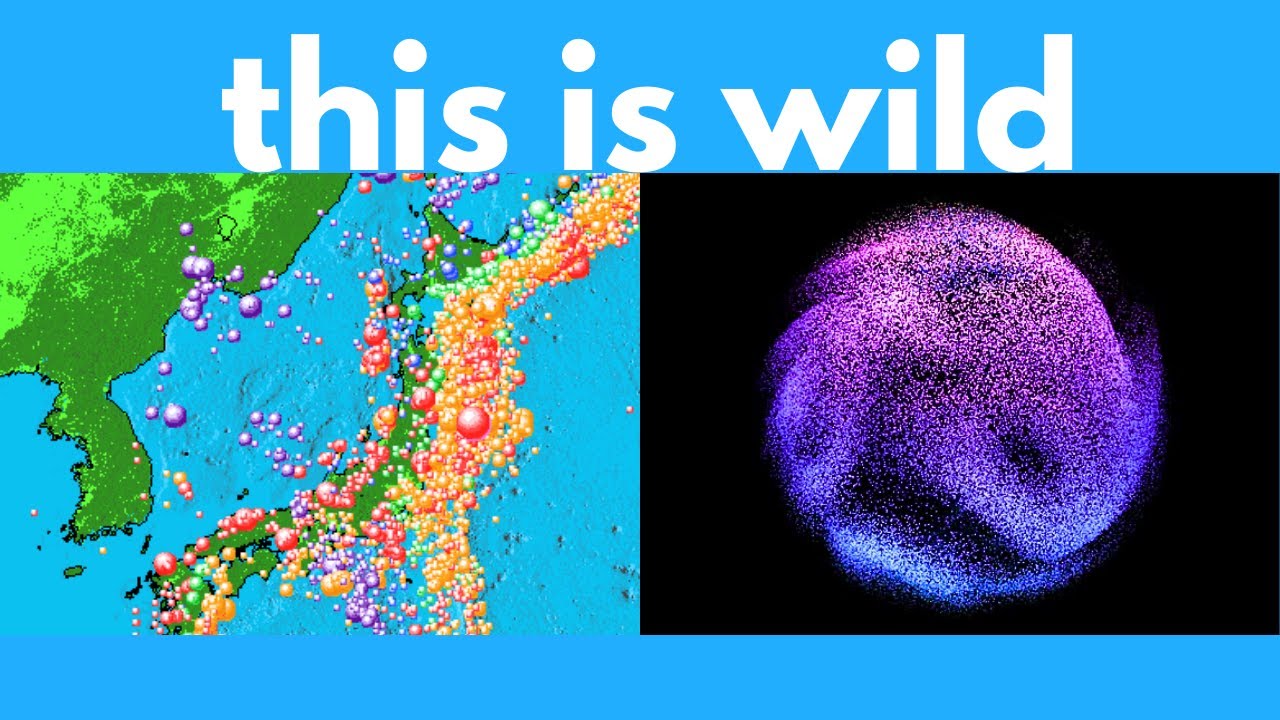The video showcases Google’s Gemini 2.5 Pro, highlighting its advanced multimodal capabilities, extensive token window, and impressive performance across benchmarks, making it one of the most powerful and versatile AI models available. It emphasizes its ability to understand and generate complex multimedia-based applications, such as interactive visualizations and code, positioning it as a cost-effective and groundbreaking tool for developers and creative professionals.
The video introduces Google’s latest AI model, Gemini 2.5 Pro, highlighting its significant advancements and impressive performance. Despite still being called Gemini 2.5 Pro, the new version is marked with a release date suffix (0506) and dominates the LM Marina leaderboard across various categories, making it one of the most powerful and intelligent AI models available. The presenter explains where to access this model, primarily through Google’s AI Studio and Gemini platform, and discusses its expanded token window of over a million tokens, which allows it to process extensive prompts and data, along with adjustable parameters like temperature for creativity.
The core strength of Gemini 2.5 Pro lies in its multimodal capabilities, enabling it to understand and analyze multiple formats such as videos, images, and audio. The presenter demonstrates this by uploading a YouTube video of app sketches, which the AI analyzes to generate a complete interactive earthquake visualization app of Japan, including map interactions, impact calculations, and animations. Additionally, Gemini can interpret images, as shown when a photo of a camouflaged gecko is uploaded, and it accurately identifies the species and details. These examples showcase its ability to understand complex visual and multimedia inputs, opening new possibilities for app development and creative projects.
Further, the presenter explores Gemini’s coding abilities by prompting it to create a Windows XP desktop with functional applications like Paint, a YouTube video player, and a calculator—all in a single HTML file. The AI successfully generates working code for these apps, demonstrating its proficiency in understanding detailed instructions and producing self-contained, executable web applications. The presenter also tests its skills in creating advanced visualizations, such as a particle cloud visualizer using 3JS and anime.js, and physics simulations with matter.js, all within a single prompt, emphasizing its versatility and creative potential.
The video then reviews Gemini 2.5 Pro’s performance across various benchmarks and leaderboards. It ranks number one overall in blind tests like the Chatbot Arena, excelling in style control, coding, math, and instruction following. However, on other leaderboards like LiveBench, it performs slightly below models like GPT-4 and GPT-3.5 in reasoning and language tasks but outperforms in mathematics and data analysis. The presenter notes that its hallucination rate is low, making it reliable for factual accuracy, especially compared to other models. Cost-wise, Gemini 2.5 Pro is presented as a cost-effective option, being cheaper than competitors like Claude 3.7 and GPT-4, while maintaining top-tier performance.
In conclusion, the presenter emphasizes the most exciting feature of Gemini 2.5 Pro: its ability to understand and generate complex applications based on multimedia inputs like videos and images. This capability surpasses traditional text prompts, allowing users to record sketches or explain app functionalities visually, which the AI can then interpret and implement. The presenter invites viewers to share their experiences with the model and encourages staying updated with AI news through a weekly newsletter. Overall, Gemini 2.5 Pro is portrayed as a groundbreaking, versatile, and cost-effective AI tool with vast potential for developers, researchers, and creative professionals.
